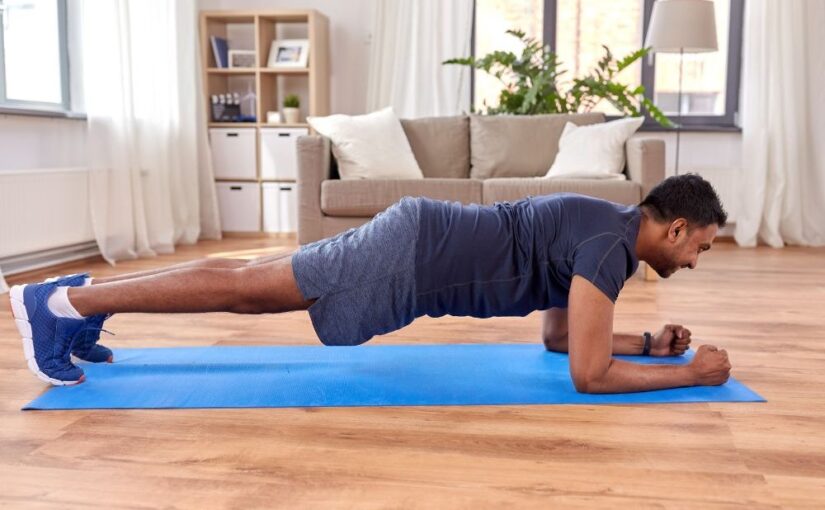Planks are a simple yet highly effective exercise that can transform your fitness routine. Known for their ability to engage multiple muscle groups simultaneously, planks offer a range of benefits that go beyond just core strength. Here’s a closer look at why incorporating planks into your workout is a smart choice.
1. Core Strength Development
One of the primary benefits of planks is their ability to build core strength. The core is crucial for stabilizing your body during movement, and a strong core can improve performance in other exercises and daily activities. Planks target the rectus abdominis, obliques, and transversus abdominis, helping to create a well-rounded and functional core.
2. Improved Posture
By strengthening the muscles that support your spine, planking can improve your posture. A strong core helps maintain proper alignment, reducing the risk of back pain and injury. Improved posture can also boost your confidence and overall appearance.
3. Enhanced Balance and Stability
Planks require you to engage various muscle groups simultaneously, promoting better balance and stability. This is particularly beneficial for athletes and individuals involved in sports, as improved stability can enhance overall performance and reduce the likelihood of injuries.
4. Increased Flexibility
While planks primarily focus on strength, they also contribute to flexibility, particularly in the shoulders, hamstrings, and even the arches of your feet. Maintaining a plank position stretches these areas, promoting greater flexibility over time.
5. Boosted Metabolism
Planks are a form of isometric exercise, which means they engage muscles without movement. This can help increase your metabolic rate, allowing you to burn more calories even at rest. Incorporating planks into your routine can contribute to weight management and overall fitness goals.
6. Versatility and Accessibility
One of the great benefits about planks is their versatility. They can be performed anywhere, requiring no special equipment. You can easily modify them to suit your fitness level, from beginner-friendly knee planks to advanced variations like side planks or plank jacks. This accessibility makes them an excellent option for anyone looking to improve their fitness.
7. Mental Toughness and Focus
Holding a plank requires mental concentration and discipline. As you challenge yourself to maintain the position, you develop mental toughness and focus, which can translate into other areas of your life and workouts. This mental aspect of training is often overlooked but is crucial for achieving fitness goals.
How to Perform a Plank Correctly
To maximize the benefits of planks and minimize the risk of injury, it’s essential to maintain proper form:
- Start Position: To begin, lay on the floor face down.
- Elbow Placement: Position your elbows directly under your shoulders to keep them aligned with your body. Your forearms should be parallel to each other.
- Body Position: Lift your body off the ground, keeping it in a straight line from head to heels. Engage your core, glutes, and thighs.
- Breathing: Keep your breathing steady and avoid holding your breath. Sustain the position for about 20-60 seconds, depending on your fitness level.
- Modify if Needed: If you’re a beginner, you can start with your knees on the ground and gradually progress to the full plank.
Final Thoughts
Planks are a powerful addition to any fitness routine, offering numerous benefits from core strength to improved posture and flexibility. Their versatility and effectiveness make them suitable for individuals of all fitness levels. By incorporating planks into your workouts, you can build a solid foundation for overall fitness and well-being. Remember to focus on form and gradually increase the duration as your strength improves. Get ready to feel the burn and enjoy the results!

